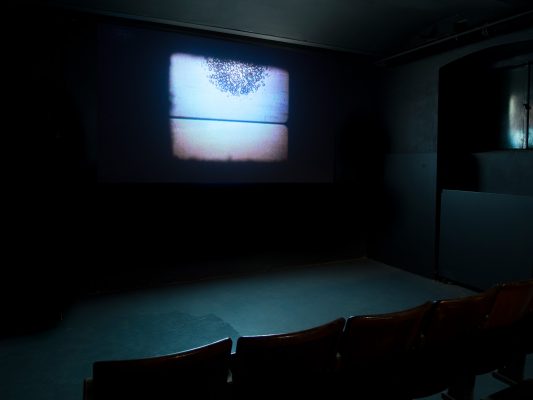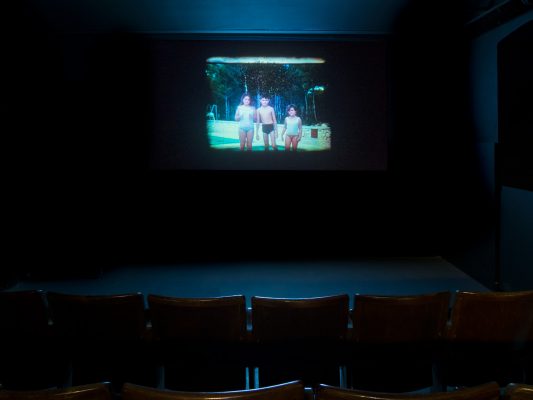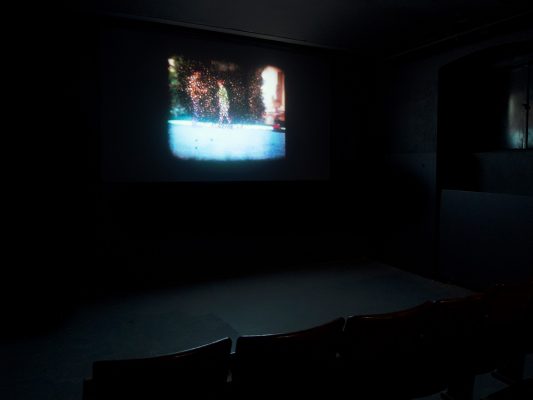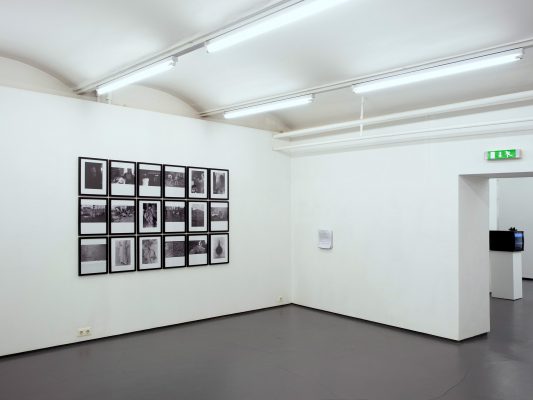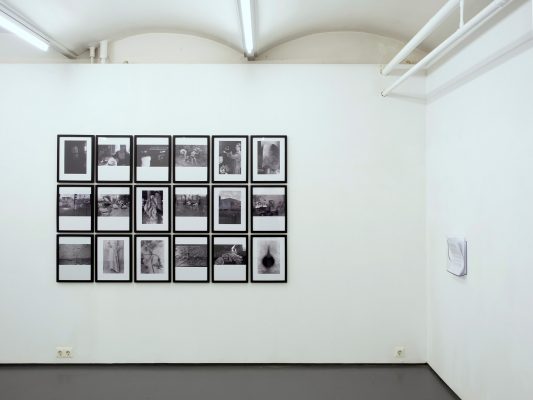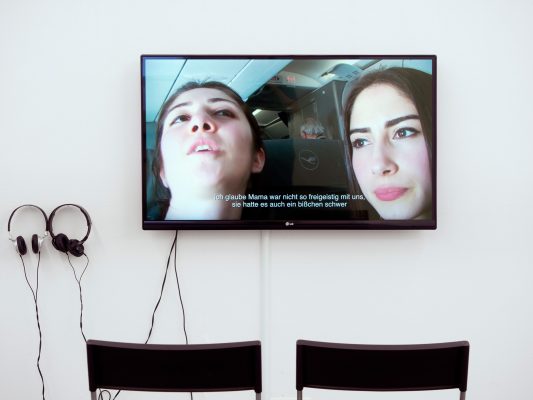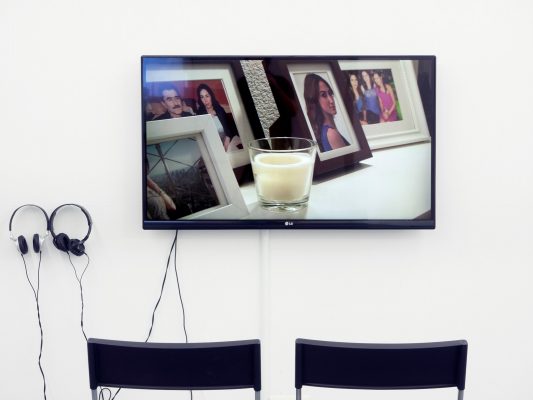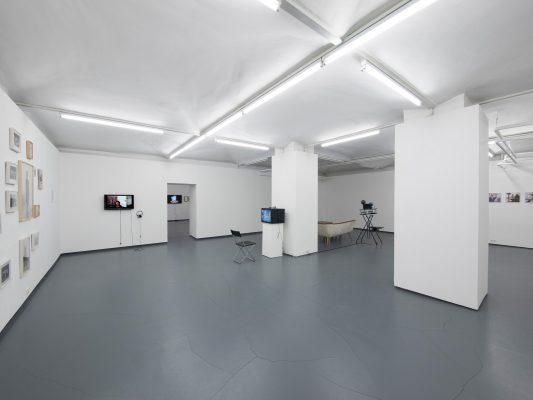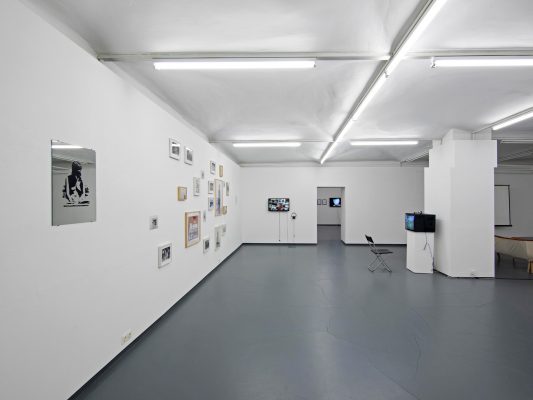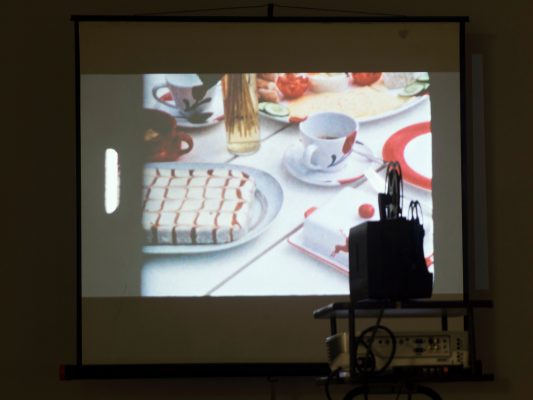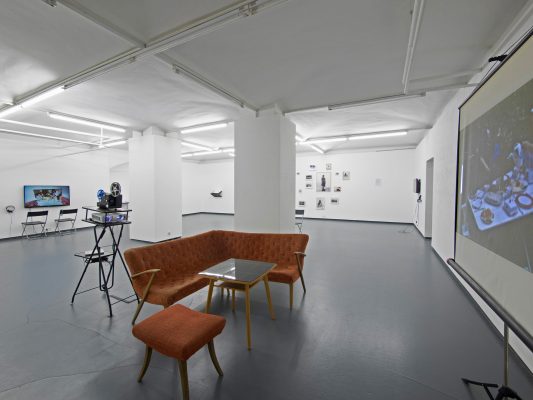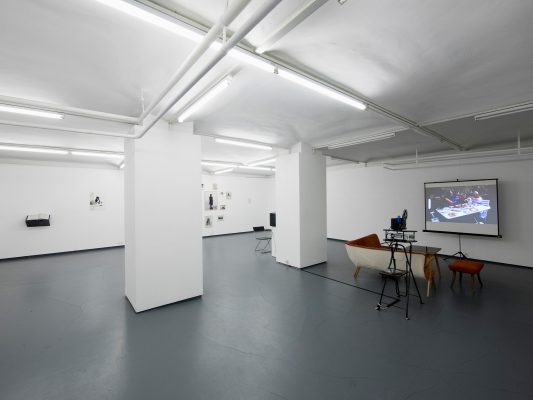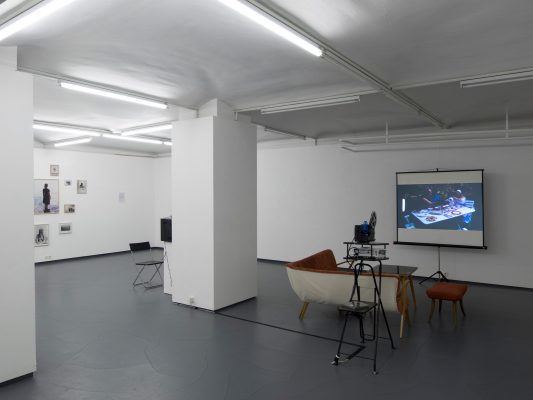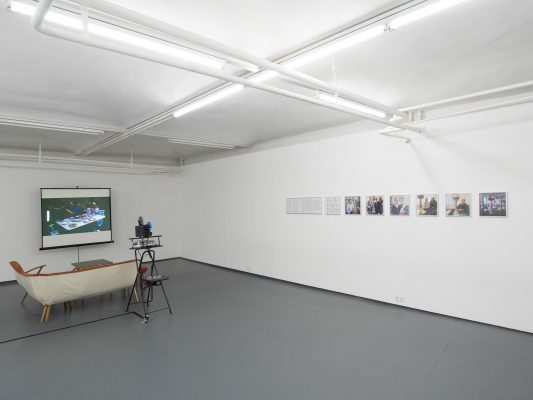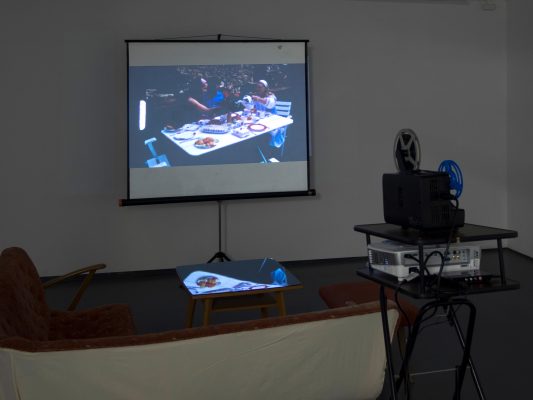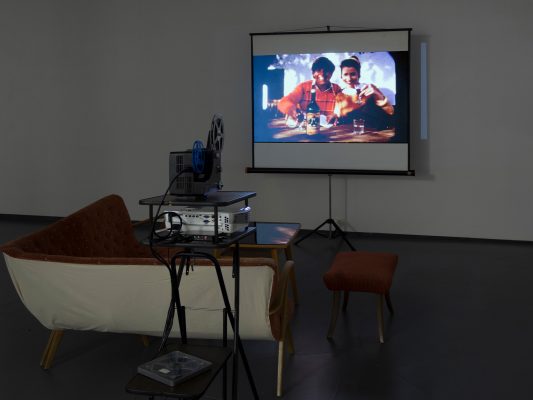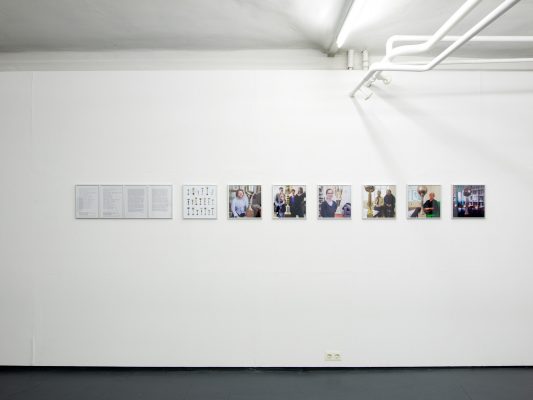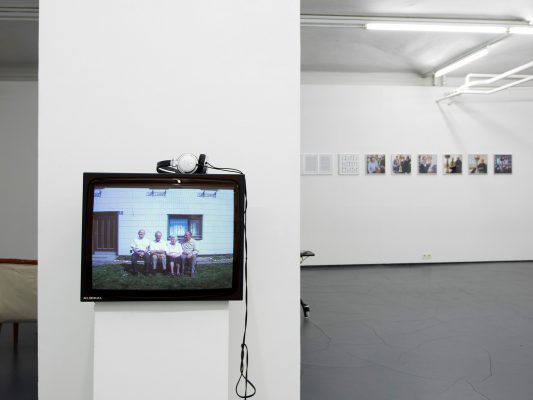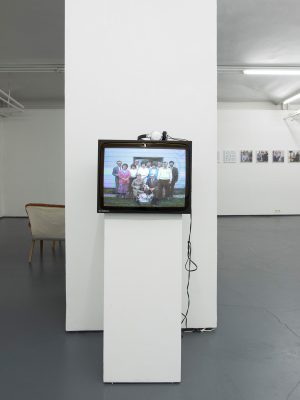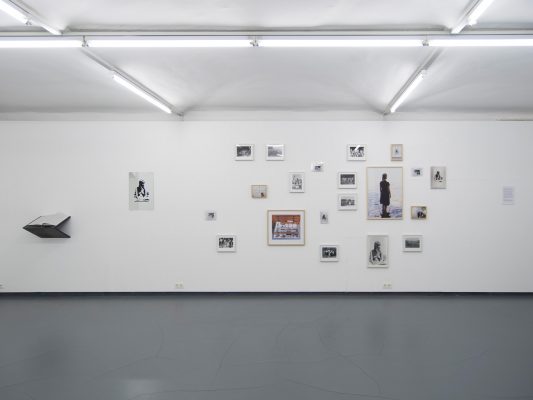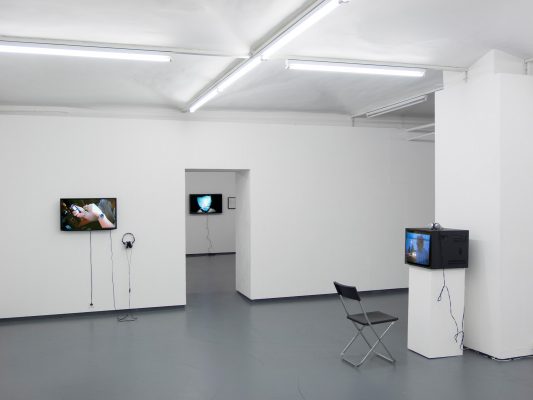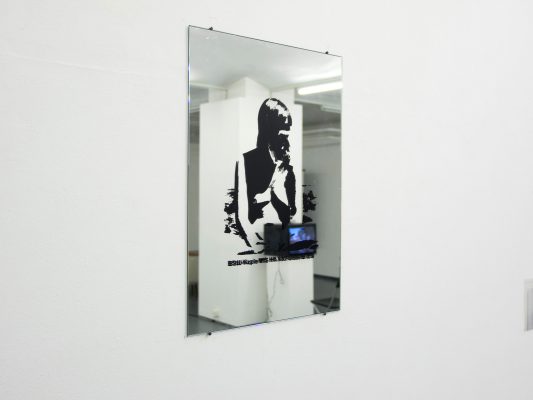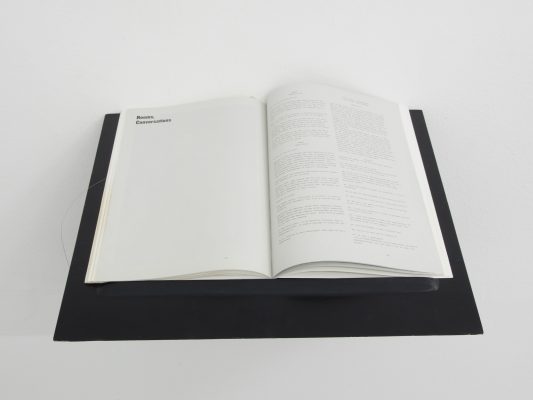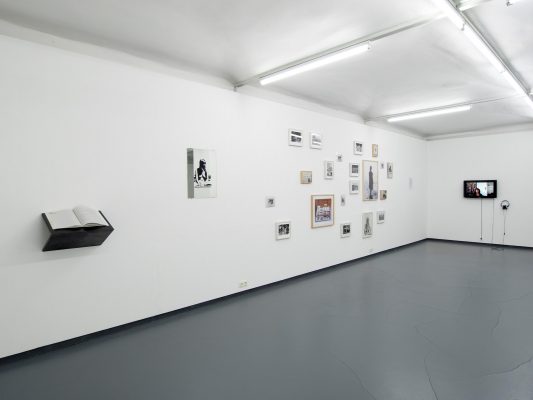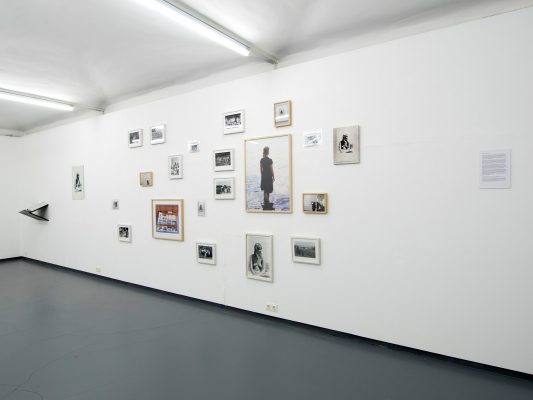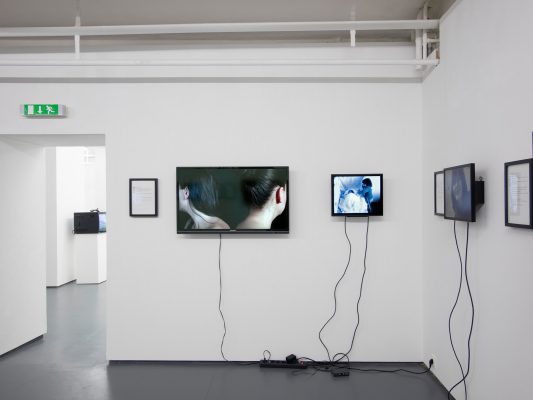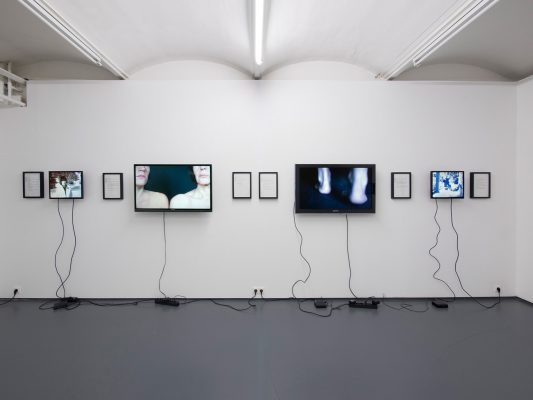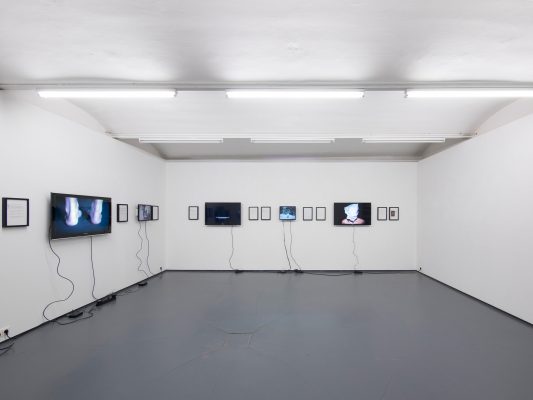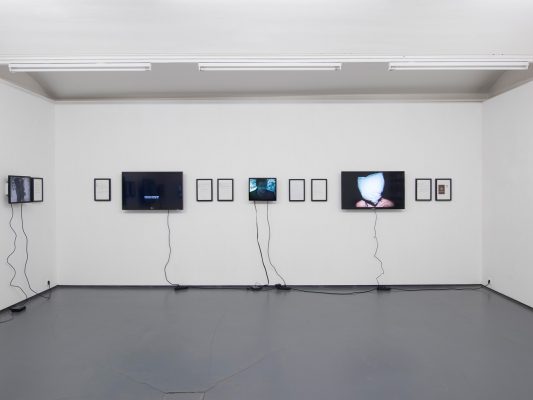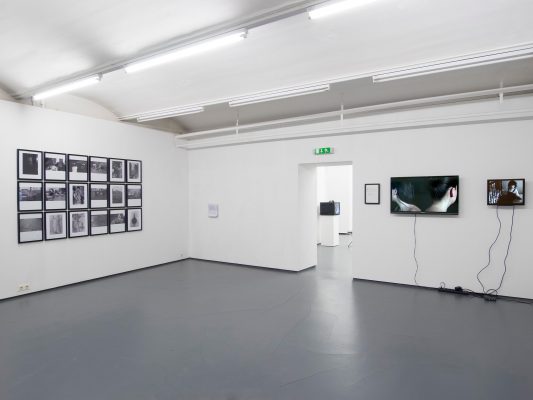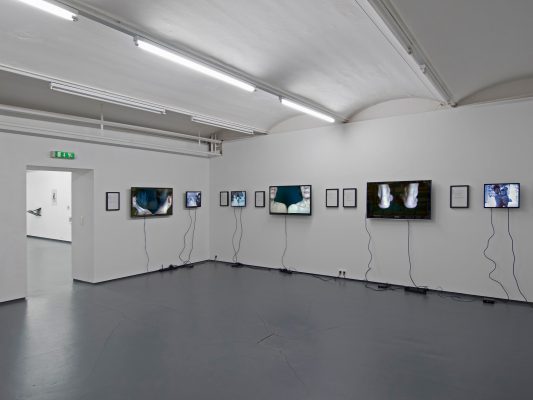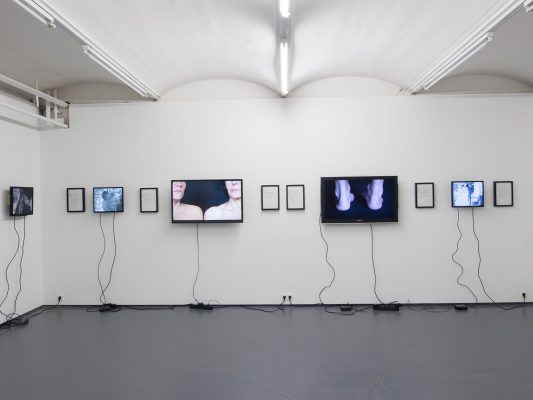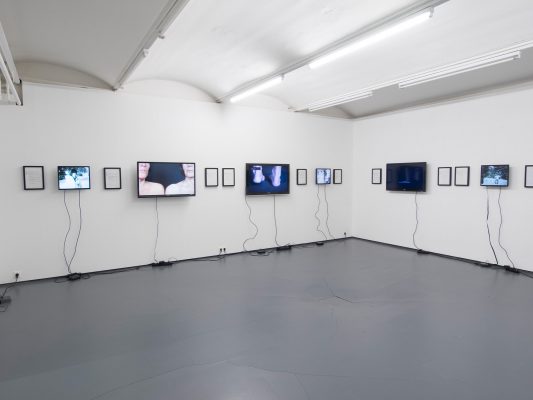Opening: Monday, 1 September 2014 at 7 p.m.
Introduction: Elke Krasny
Duration: 2 – 27 September 2014
Accompanying program / Film presentation in our cinema: Dariusz Kowalski, Toward Nowa Huta, AT 2012
Tuesday, 23 September at 7.p.m.
sponsored by: BKA Kunst; MA7-Kultur; Cyberlab; “KULTUR im alsergrund”
The contemporary self is under pressure. It has to assert its own capital between he technologically expansive social networks and the self-published performance record demanded by neoliberalism. The self has to be both affective and effective. At the same time there is continuous access to its increasingly de-privatised data. In this year’s special focus, BIOGRAPHY, the FOTOGALERIE WIEN is showing art works that engage with the complex issues of life experience from different perspectives. The curatorial team, working in an intensive dialogue with the participating artists who work with photography, video and film, have developed a tripartite series of exhibitions with the titles ICH, WIR and DU .
The second exhibition, BIOGRAPHY – WE, reflects on the self within the wider surroundings of family, society and country. The show concerns the influences and imprintings of sociocultural, political and geographical realities on individual biographies in various societies with their differing traditions, life conditions, patterns of behaviour, ordering and discipline. Questions about one’s origins lead to research into the past and to a confrontation with the effects of the consequences on the life of the individual. Examining personal and collective memory as well as the customs and traditions of one’s country of origin are also relevant here. What has persisted, what was documented, what suppressed, what ‘enhanced’? And how do contemporary individuals deal with these testimonies, what place do they take within a wider context and where do they situate themselves?
Miriam Bajtala is presenting the work Erster Preis in which she translates the sport successes of her own biography as a former competitive gymnast into the machinations of the art system. Since 2011 Bajtala has awarded or received 20 prizes generated from the sports trophies she won. “Starting from the desire to win one, I asked myself what the symbols of recognition were within the art system: an exhibition in an important art institution, art prizes or a spacious studio inflate the value of the work on the exhibition market. In Erster Preis I reverse this principle of dependence: until the age of 17 I was an apparatus gymnast and won many trophies. But what does one do with these signs of recognition many years later? I gave first prizes to institutions, art critics, curators based on their estimation of my art work’. (Sabine Winkler, in: exhibition catalogue In meinem Namen, Secession 2013). Among other things, she will present photographs of the ‘barter transactions’ to date.
In the multimedia project, Covergirl, Tina Bara & Alba D’Urbano are concerned with the ascription of meanings, conditions of circulation, reception and context of photographic images in relation to social systems as well as with memory and the reconstruction of history. The starting point of this extensive and largely biographical work was a collection of private black-and-white photographs taken at a women’s nudist meeting in 1983 in the GDR and an artist book published in 2007 by the Galerie für Zeitgenössische Kunst in Leipzig on the cover of which Tina Bara discovered herself depicted naked as cover girl – with a black bar across her eyes and with a line indicating its confiscation by the state security apparatus. This idiosyncratic path from private to political documentation and to art photography does not only raise questions about art and media practice, but also, and decidedly, about personally experienced history.
The video To Destruct / To Lose / To Extinguish, by Tiago Casanova deals with personal and collective memory. A Super-8 film from the 1970s that the artist found at a flea market in Barcelona provides the found footage raw material. It shows what for many people is a typical holiday by the side of a swimming pool in Spain. The film brought to mind Casanova’s memories of similar experiences. Running the film through his grandfather’s broken projector, slowly destroyed the film material. The video shows the destruction of the film in real time to the accompaniment of the projector’s chatter. Here, the disappearance of memory is the central subject – a feeling of loss and the irrecoverability of past experiences becomes palpable.
Ahu Dural pursues questions of origins and identity in her video, Birlikte I Zusammen. The parents of the Turco-German artist emigrated to Germany very early. She and her sisters were born there. Today the artist lives mainly in Vienna. The wedding of a relative in Ankara provides the occasion for researching into her own family and reflecting on its customs and behaviours i.e. on what Eastern and Western cultures have in common and where they differ. The film is a portrait of her parents as well as a consideration of migration – her mother and father decided to return to the country from which they came.
In the collaborative video work, Familienidylle, (digitalised Super 8-film) Christian Kurz, Maria Porsch, Bastian Schwind and Flo Staffelmayr appropriated the style and characteristics of Super-8 film. Beginning in 1960s, this was the filmic medium that first allowed mass documentation of annual celebrations and the upsurge in holiday and excursion tourism. The video tells the fictitious story of a young couple from an Austrian middle class milieu in the 1960s and 1970s in a series of scenes separated by leaps of time. They meet, make excursions together – among other destinations, to the atomic reactor in Zwentendorf (showing the enthusiasm for technical developments of the time) – and become involved in the classic clichés of the period.
Born in 1949 in the Ukraine, Evgeniy Pavlov was an underground artist in Kharkov for many years. His photo project, Home Life Book – Dairy of a Photographer’s Life, with texts by his wife, Tatiyana Pavlova, allows us profound insight into life in his homeland. The black-and-white photos and texts reflect the situation in the former Soviet Union together with the radical changes in living conditions and survival strategies resulting from the fall of the Iron Curtain and the associated dissolution of the USSR. Private, social and political life are mixed together with personal and collective emotions. The photos, showing landscapes, still lifes, family and self-portraits, interiors and street scenes, take on a defined profile and particular poetry from his wife’s texts.
Eva Thebert’s film Vom Reden und Schweigen is based on a confrontation with her own origins. She tells the story of her grandparents, a narrative which becomes, as she says, ‘the telling of my own story’. Torn between admiration and feeling terrified, Thebert, when conducting interviews with her grandmother, tried to also ask herself questions that went beyond the conversation itself.It was a return to the Nazi period and the story of the German cultural minority in former Yugoslavia of which her grandmother was a member. The silence with which she was met in answer to some of the questions about the Nazi period shocked her. At the same time she was impressed by the private life of her grandparents and touched by their tale of war and flight. The question as to how she herself would have lived hangs over the whole film.
In her film-text-installation, Strange Fruits, Maja-Iskra Vilotijević confronts her personal memories and links them to the history of her native country. Born in Yugoslavia at the beginning of the 1980s, her life has been strongly influenced by political events in the region. Her family was torn apart and had to flee. Even today these experiences continue to have a strong influence on her social and familial life. She pursues the question as to how the political and economic situation interlocks with the complex and contradictory history of her family. The work is divided into four chapters, each dedicated to a family member (Sister, Mother, Brother and Father). Her personal memory of experiences, her family’s memories, the collective memory of the numerous people affected by the Balkan Wars as well as documented cultural memory are all inseparably linked.
(textual support: Elke Krasny)
